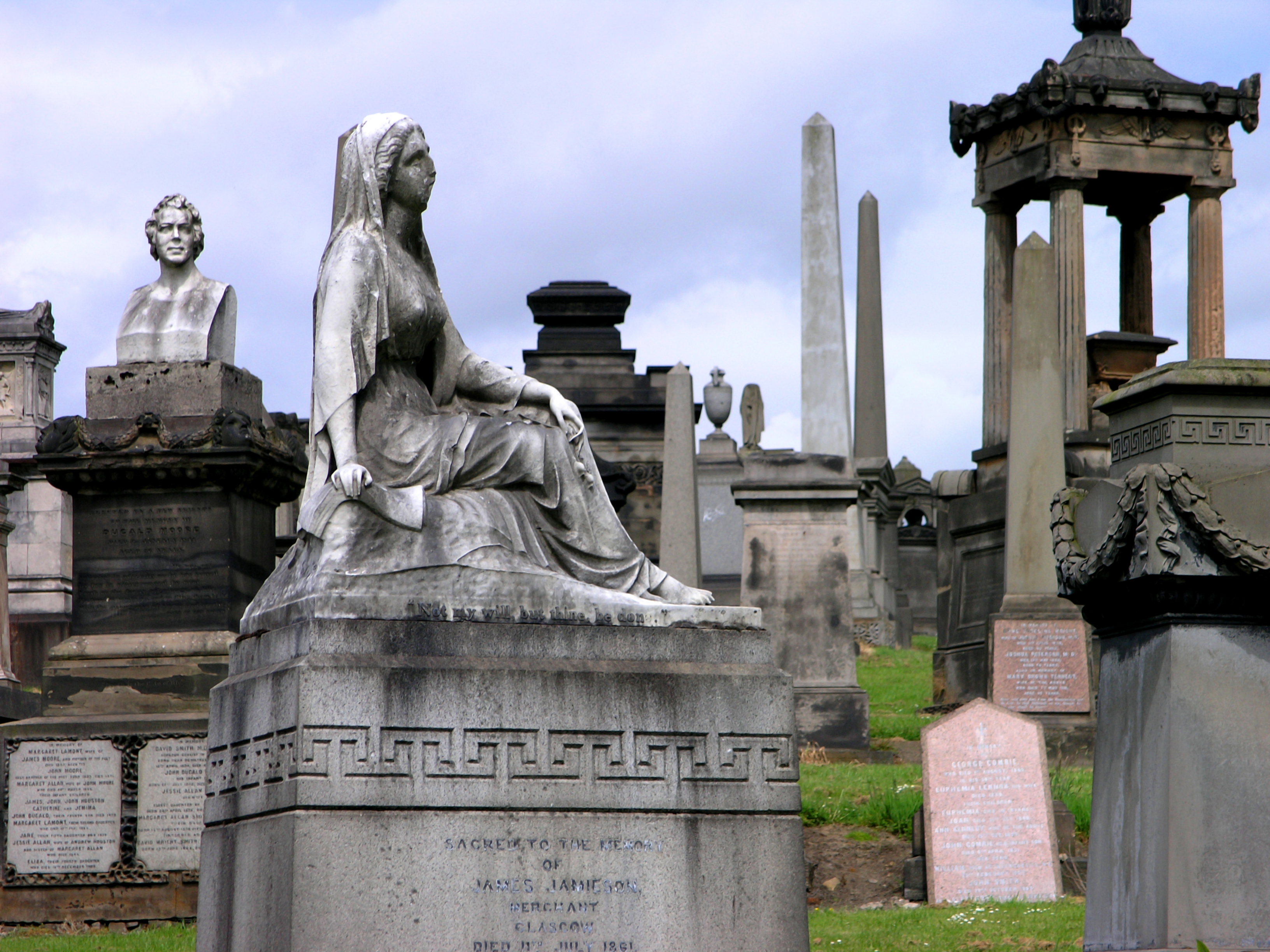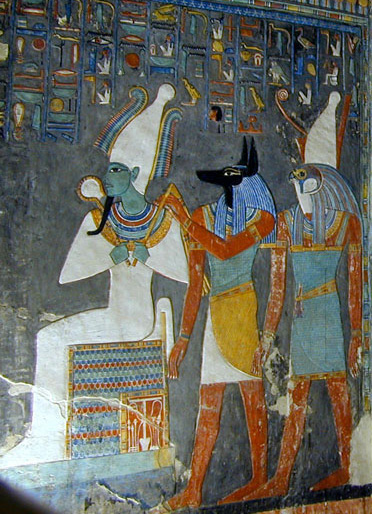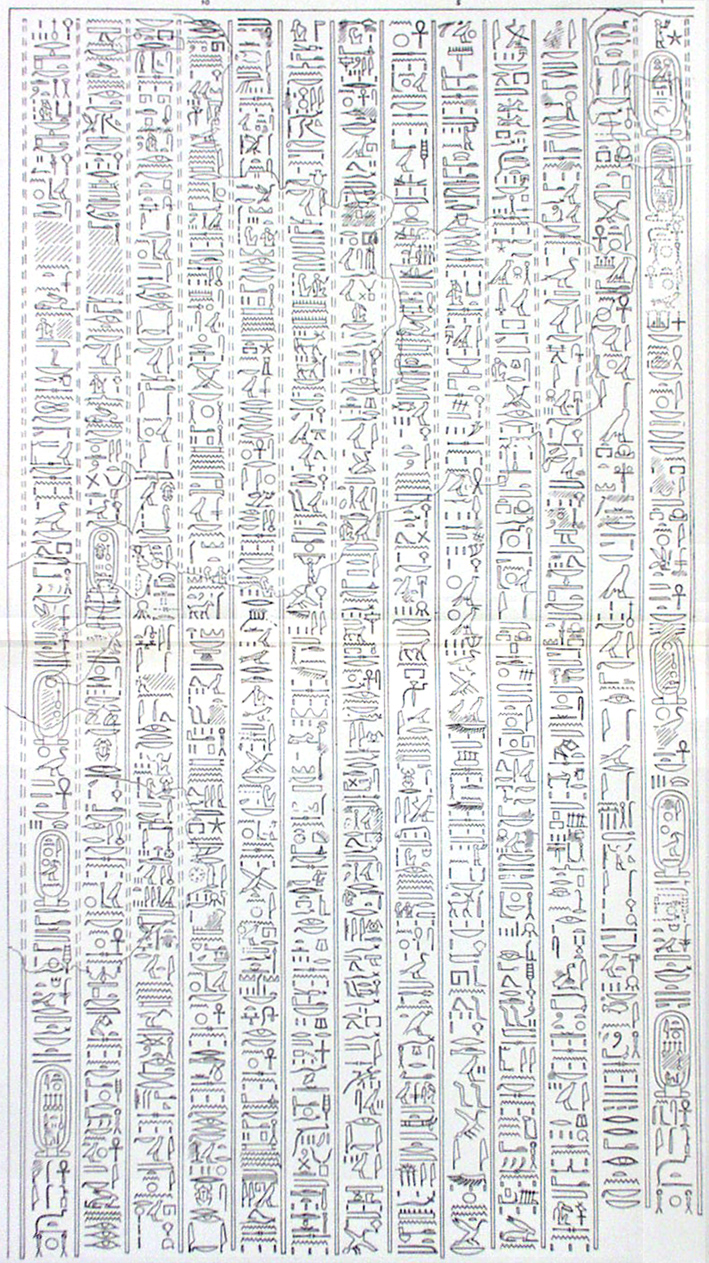|
Mnevis Bull
Mnevis (, ) is the Hellenized name of an ancient Egyptian bull god which had its centre of worship at Heliopolis, and was known to the ancient Egyptians as ''Mer-wer'' or ''Nem-wer''. Although initially a separate god, it was later assimilated to the syncretized god Atum-Ra as his physical manifestation, and also considered as the ba of Ra. Mnevis is often depicted as a black bull wearing a solar disk and uraeus. As reported by Plutarch, the Mnevis bull was second only to the Memphite Apis bull in importance. Similarly to the Apis bull, the Mnevis bull's movements were thought to be driven by divine will, and used as an oracle. The priesthood of Mnevis also went as far as to claim that Mnevis was none other than the father of the more famous Apis. The Mnevis bull was entitled to two concubines, more precisely two cows representing Hathor and Iusaaset. When the bull died, he was embalmed and buried with all honours in a dedicated necropolis which was located not far from th ... [...More Info...] [...Related Items...] OR: [Wikipedia] [Google] [Baidu] |
Heliopolis (ancient Egypt)
Heliopolis (Jwnw, Iunu; , 'the Pillars'; , ; ) was a major city of ancient Egypt. It was the capital of the 13th or Heliopolite Nome of Lower Egypt and a major religious centre. Its site is within the boundaries of Ain Shams and El Matareya, districts (''kism'') in northeastern Cairo. Heliopolis was one of the oldest cities of ancient Egypt, occupied since prehistoric Egypt.. It greatly expanded under the Old and Middle Kingdoms but is today mostly destroyed, its temples and other buildings having been scavenged for the construction of medieval Cairo. Most information about the ancient city comes from surviving records. A major surviving remnant of Heliopolis is the obelisk of the Temple of Ra- Atum erected by Senusret I of the Twelfth Dynasty. It remains in its original position (now in el-Masalla, El Matareya, Cairo). The high red granite obelisk weighs 120 tons (240,000 lbs) and is believed to be the oldest surviving obelisk in the world. Other obelisks, o ... [...More Info...] [...Related Items...] OR: [Wikipedia] [Google] [Baidu] |
Necropolis
A necropolis (: necropolises, necropoles, necropoleis, necropoli) is a large, designed cemetery with elaborate tomb monuments. The name stems from the Ancient Greek ''nekropolis'' (). The term usually implies a separate burial site at a distance from a city, as opposed to tombs within cities, which were common in various places and periods of history. They are different from grave fields, which did not have structures or markers above the ground. While the word is most commonly used for ancient sites, the name was revived in the early 19th century and applied to planned city cemeteries, such as the Glasgow Necropolis. In the ancient world Egypt Ancient Egypt is noted for multiple necropoleis and they are major archaeological sites for Egyptology.. Ancient Egyptian funerary practices and beliefs about the afterlife led to the construction of several extensive necropoleis to secure and provision the dead in the hereafter. Probably the best-known one is the Giza Necropolis. ... [...More Info...] [...Related Items...] OR: [Wikipedia] [Google] [Baidu] |
Mythological Bulls
Myth is a genre of folklore consisting primarily of narratives that play a fundamental role in a society. For scholars, this is very different from the vernacular usage of the term "myth" that refers to a belief that is not true. Instead, the veracity of a myth is not a defining criterion. Myths are often endorsed by religious (when they are closely linked to religion or spirituality) and secular authorities. Many societies group their myths, legends, and history together, considering myths and legends to be factual accounts of their remote past. In particular, creation myths take place in a primordial age when the world had not achieved its later form. Origin myths explain how a society's Norm (social), customs, institutions, and taboos were established and sanctified. National myths are narratives about a nation's past that symbolize the nation's values. There is a complex relationship between Myth and ritual, recital of myths and the enactment of rituals. Etymology The w ... [...More Info...] [...Related Items...] OR: [Wikipedia] [Google] [Baidu] |
Epithets Of Amun-Ra
An epithet (, ), also a byname, is a descriptive term (word or phrase) commonly accompanying or occurring in place of the name of a real or fictitious person, place, or thing. It is usually literally descriptive, as in Alfred the Great, Suleiman the Magnificent, Richard the Lionheart, and Ladislaus the Short, or allusive, as in Edward the Confessor, William the Conqueror, Æthelred the Unready, John Lackland, Mehmed the Conqueror and Bloody Mary. The word ''epithet'' also may refer to an abusive, defamatory, or derogatory word or phrase. This use is criticized by Martin Manser and other proponents of linguistic prescription. H. W. Fowler noted in 1926 that "''epithet'' is suffering a vulgarization that is giving it an abusive imputation." Linguistics Epithets are sometimes attached to a person's name or appear in place of their name, as what might be described as a glorified nickname or sobriquet, and for this reason some linguists have argued that they should be cons ... [...More Info...] [...Related Items...] OR: [Wikipedia] [Google] [Baidu] |
Horned Gods
The Horned God is one of the two primary deities found in Wicca and some related forms of Neopaganism. The term ''Horned God'' itself predates Wicca, and is an early 20th-century syncretism, syncretic term for a horned or antlered anthropomorphic god partly based on historical Horned deity, horned deities. The Horned God represents the god (Wicca), male part of the religion's Wiccan ditheism, duotheistic theological system, the Prince consort, consort of the female Triple goddess (Neopaganism), Triple goddess of the Moon or other Mother goddess. In common Wiccan belief, he is associated with nature, wilderness, sexuality, hunting, and the life cycle. Whilst depictions of the deity vary, he is always shown with either horn (anatomy), horns or antlers upon his head, often depicted as being Theriocephaly, theriocephalic (having a beast's head), in this way emphasizing "the union of the divine and the animal", the latter of which includes humanity. In traditional Wicca (British T ... [...More Info...] [...Related Items...] OR: [Wikipedia] [Google] [Baidu] |
Egyptian Gods
Ancient Egyptian deities are the gods and goddesses worshipped in ancient Egypt. The beliefs and rituals surrounding these gods formed the core of ancient Egyptian religion, which emerged sometime in prehistory. Deities represented natural forces and phenomena, and the Egyptians supported and appeased them through offerings and rituals so that these forces would continue to function according to '' maat'', or divine order. After the founding of the Egyptian state around 3100 BC, the authority to perform these tasks was controlled by the pharaoh, who claimed to be the gods' representative and managed the temples where the rituals were carried out. The gods' complex characteristics were expressed in myths and in intricate relationships between deities: family ties, loose groups and hierarchies, and combinations of separate gods into one. Deities' diverse appearances in art—as animals, humans, objects, and combinations of different forms—also alluded, through symbolism ... [...More Info...] [...Related Items...] OR: [Wikipedia] [Google] [Baidu] |
Kao (bull)
Kao (Meitei language, Meitei pronunciation: /káo/) is a legendary Bull (mythology), divine bull captured by Khuman Khamba in Meitei mythology and Meitei folklore, folklore of ancient Moirang realm. It appears in the legend of ''Kao Phaba'' (), also known as ''Khambana Kao Phaba'' () of the Khamba Thoibi epic. Mythology Kongyamba, a rich nobleman of the Angom clan, met a group of women from the Khuman Salai, Khuman kingdom in a place called Moirang, and asked them why they were fishing there. They told him that a dangerous bull had killed many people near the water, so they could not fish. Kongyamba then tricked his servant Khamba into catching the bull, by pretending, before the king, that he was possessed by a divine spirit, and claimed that the god Thangjing spoke through him. Saying he was "sated with offerings of flesh and fish", he demanded to be given the flesh of the bull that was terrorizing the people of Khuman. He added that "my servant Khamba vows that he will br ... [...More Info...] [...Related Items...] OR: [Wikipedia] [Google] [Baidu] |
Bull Of Heaven
In ancient Mesopotamian mythology, the Bull of Heaven is a mythical beast fought by the King of Uruk Gilgamesh. The story of the Bull of Heaven is known from two different versions: one recorded in an earlier Sumerian poem and a later episode in the Standard Babylonian (a literary dialect of Akkadian) ''Epic of Gilgamesh''. In the Sumerian poem, the Bull is sent to attack Gilgamesh by the goddess Inanna for reasons that are unclear. The more complete Akkadian account comes from Tablet VI of the ''Epic of Gilgamesh'', in which Gilgamesh refuses the sexual advances of the goddess Ishtar, the East Semitic equivalent of Inanna, leading the enraged Ishtar to demand the Bull of Heaven from her father Anu, so that she may send it to attack Gilgamesh in Uruk. Anu gives her the Bull and she sends it to attack Gilgamesh and his companion, the hero Enkidu, who slay the Bull together. After defeating the Bull, Enkidu hurls the Bull's right thigh at Ishtar, taunting her. The slaying of ... [...More Info...] [...Related Items...] OR: [Wikipedia] [Google] [Baidu] |
Buchis
In Egyptian mythology, Buchis (, ) (also spelt Bakh and Bakha) was the deification of the kꜣ ("power, life-force", Egyptological pronunciation ''ka'') of the war god Montu as a sacred bull that was worshipped in the region of Hermonthis. In order to being chosen as the Buchis incarnation of Montu, a bull was required to have a white body and black face. When these bulls – and in later times also their mothers – died, they were mummified, and placed in a special cemetery known as the '' Bucheum''. Unlike the other Egyptian sacred bulls – the Apis and the Mnevis – the Buchis cult started towards the end of the pharaonic period, with the earliest known burial taking place in regnal year 14 of Nectanebo II (mid 4th century BC). However, four different bull cults dedicated to Montu were known in earlier times in Upper Egypt, and it seems that the Buchis was the result of their syncretism. Eventually, the Buchis bull was identified as a form of the Apis, and consequently ... [...More Info...] [...Related Items...] OR: [Wikipedia] [Google] [Baidu] |
Auðumbla
In Norse mythology, Auðumbla (; also Auðhumla and Auðumla ) is a primeval cow. The primordial frost jötunn Ymir fed upon her milk, and over the course of three days she Mineral lick#Mythology, licked away the salty rime rocks and revealed Búri, grandfather of the gods and brothers Odin, Vili and Vé. The creature is attested solely in the ''Prose Edda'', composed in the 13th century by Icelander Snorri Sturluson. Scholars identify her as stemming from a very early stratum of Germanic mythology, and ultimately belonging to Proto-Indo-European mythology#Interpretations, larger complex of Sacred bull, primordial bovines or Horned deity, cow-associated goddesses. Name The cow's name variously appears in ''Prose Edda'' manuscripts as , , and , and is generally accepted as meaning 'hornless cow rich in milk' (from Old Norse 'riches' and 'hornless').See discussion in both Lindow 2001:63 and Simek 2007:22. The compound presents some level of semantic ambiguity. A parallel occ ... [...More Info...] [...Related Items...] OR: [Wikipedia] [Google] [Baidu] |
Aten
Aten, also Aton, Atonu, or Itn (, reconstructed ) was the focus of Atenism, the religious system formally established in ancient Egypt by the late Eighteenth Dynasty pharaoh Akhenaten. Exact dating for the Eighteenth Dynasty is contested, though a general date range places the dynasty in the years 1550 to 1292 BCE. The worship of Aten and the coinciding rule of Akhenaten are major identifying characteristics of a period within the Eighteenth Dynasty referred to as the Amarna Period (1336 BCE). Atenism and the worship of the Aten as the sole god of ancient Egypt state worship did not persist beyond Akhenaten's death. Not long after his death, one of Akhenaten's Eighteenth Dynasty successors, Tutankhamun, reopened the state temples to other Egyptian gods and re-positioned Amun as the pre-eminent solar deity. Aten is depicted as a solar disc emitting rays terminating in human hands. Etymology The word ''Aten'' appears in the Old Kingdom as a noun meaning "disc" w ... [...More Info...] [...Related Items...] OR: [Wikipedia] [Google] [Baidu] |






